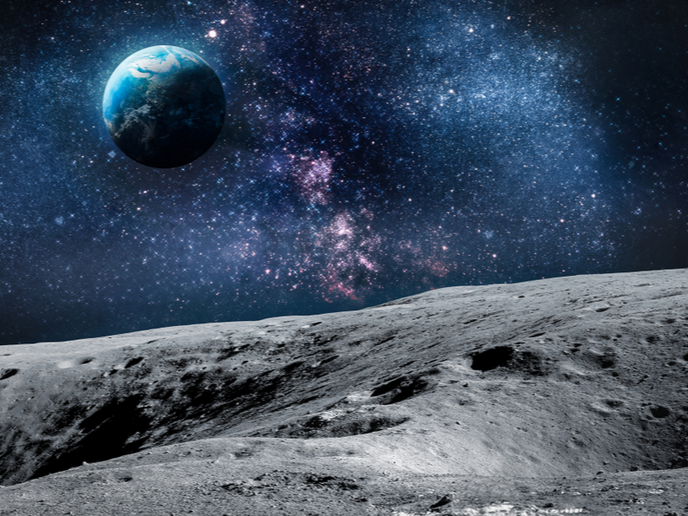Peer into the cosmic dawn with the help of new tools and techniques
The Epoch of Reionisation(opens in new window) (EoR) describes the period when the gas in the Universe became electrically charged or ionised. During the EoR, when the Universe was a few hundred million years old, the first complex structures formed – stars, black holes and galaxies. While EoR researchers are hampered by very limited observational evidence, larger space telescopes like the JWST(opens in new window), the new application of radio telescopes, alongside significantly increased computing power, now offer a means to see further into cosmic history. The European Research Council(opens in new window) supported FirstDawn project assessed the scientific opportunities of these observational advances for understanding the EoR. “As each observational tool sees only a limited piece of what’s happening, we combined these different tools, while developing new ways of using the data to learn as much as possible about the EoR,” says Jonathan Pritchard from Imperial College London(opens in new window), which hosted the project.
Assessing three novel probes
FirstDawn assessed three novel EoR probes – the 21 cm global signal, 21 cm tomography and intensity mapping of atomic and molecular lines. Atoms or molecules emit spectral lines(opens in new window) at specific frequencies, making them identifiable. Hydrogen electromagnetic radiation emits a line at 1 420 MHz or a wavelength of 21 cm. Observing these lines tells researchers where in the sky that atom is present, how much of it exists and when it was emitted. As most of the early Universe’s gas was hydrogen, this global 21 cm signal(opens in new window), can be used to map what the Universe was like from about 150 million years through to 1 billion years old. “This helps us detect when the first stars formed and how their light heated and illuminated the hydrogen that filled intergalactic space,” explains Pritchard. 21 cm tomography goes further and localises the effect of hydrogen heating and illumination to learn how galaxies were distributed in space and how their light slowly ionised the Universe. This requires much larger radio antenna arrays – such as the LOFAR(opens in new window) and Square Kilometre Array (SKA)(opens in new window). Less common intensity mapping looks for lines from rarer atoms and molecules, such as oxygen atoms or carbon monoxide molecules. Because these heavier atoms are produced within stars, they indicate the abundance and rate of star formation. By contrasting observations in these lines with those of hydrogen, researchers can build up a more complete picture of the EoR. The team developed a series of new statistical tools using the so-called bispectrum(opens in new window) for analysing the 21 cm signal. As the numerical simulations used to study the complex physics of reionisation are a massive computational exercise, FirstDawn created an emulator(opens in new window) by training a neural network to rapidly and efficiently approximate 21 cm simulations. The team also developed models of different reionisation scenarios to see how different statistical approaches could distinguish them.
The future of radio astronomy
FirstDawn has significantly contributed to the design of the SKA, a major EU investment, as well as playing a central role in building an international scientific collaboration to focus on the EoR. “The SKA made us think about data analysis in new ways, resulting in highly transferable skills. For example, one of my students now works for a company applying neural networks and machine learning to the diagnosis of infectious diseases in developing countries,” adds Pritchard. The team plan to develop their emulation further by linking more sophisticated simulations with their statistical tools. They are also tweaking their modelling to remove anomalies generated by the observational instruments to maximise the effectiveness of telescopes.







